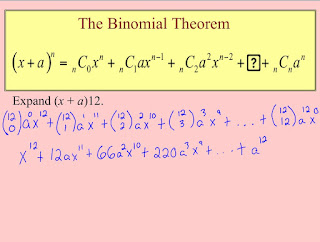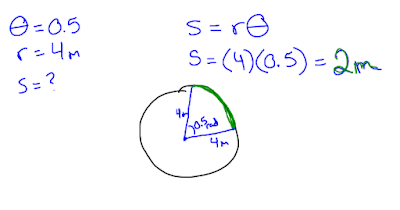Binomial Probability Theorem
I was able to understand and use binomial theorem.
In this example we expanded the equation (x+a)12 as you can also see in the example that is the expanded version.
One misconception I had during this lesson was making sure I was using the right formula and getting the right answers. I overcame this misconception by studying the binomial theorem formula and trying to remember it.
EQ: Give an example of when you can use binomial theorem.
Architects would need to use binomial theorem to help them in their job.


















